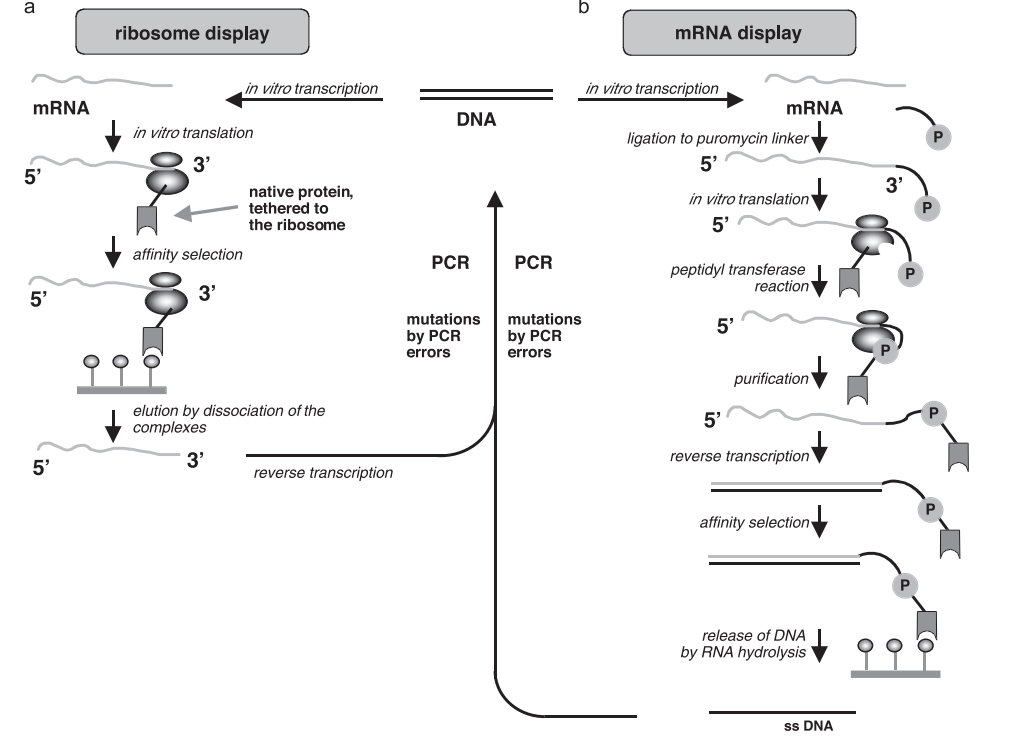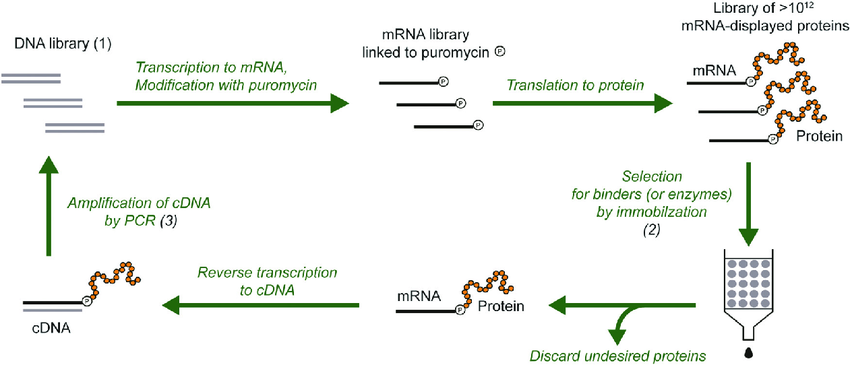In the realm of protein research, few names resonate as deeply as that of David Baker. His significant work has effectively sculpted our understanding of proteins, their complex structures, and their multifaceted functions. This blog aims to delve into Baker’s remarkable contributions, providing an in-depth exploration of his work on protein structure prediction, protein design, and the critical real-world applications of his revolutionary research.

Protein Structure Prediction
Among Baker’s most significant contributions is his monumental work in the field of protein structure prediction. Previously, the ability to predict the structure of a protein from its amino acid sequence was nothing more than a distant dream. However, Baker, alongside his dedicated and skilled team at the University of Washington, transformed this dream into a tangible reality.
They developed Rosetta, a highly sophisticated algorithm capable of predicting protein structures purely based on their amino acid sequences. This development was a significant leap forward in the scientific community. It made it possible for scientists to visualize proteins’ intricate 3D structures, a crucial aspect of understanding their functions and interactions with other molecules. This revolutionary tool didn’t just open a door to new possibilities, it flung it wide open, propelling the field of protein study into uncharted territories.
Protein Design
Baker’s pioneering work didn’t stop at prediction. His team ventured beyond, extending their research to the design of entirely new proteins. They successfully created novel proteins, the likes of which did not exist in nature before their groundbreaking accomplishment.
Through the clever manipulation of Rosetta’s algorithm, they were able to design proteins with specific shapes and functions. This meant that proteins could now be tailor-made to perform specific tasks, opening up a multitude of possibilities. Baker’s revolutionary approach to protein design has paved the way for creating proteins that can combat diseases, perform unique tasks, and even contribute substantially to the development of new medicines.
Real-world Applications
The implications of Baker’s research extend far beyond the confines of a laboratory. His meticulously designed proteins are now being used in various sectors, including medicine, biofuel production, and environmental preservation, showcasing the versatility and applicability of his work.
Notably, his lab has been instrumental in creating proteins for potential use in flu vaccines and cancer therapies. This has led to immense contributions to the medical field, potentially revolutionizing treatment methodologies. In addition to this, they have engineered enzymes capable of breaking down plastic, marking a significant step towards addressing the global issue of plastic pollution. These examples underscore the practicality and far-reaching applications of Baker’s work, highlighting its immense value in solving real-world problems.
Conclusion
David Baker’s work in protein prediction and design has truly revolutionized the field. His innovative approach has made possible the creation of novel proteins with custom functions, setting a new benchmark in protein research. The real-world applications of his research are vast and hold tremendous potential for addressing some of the world’s most pressing problems, from disease to environmental degradation.
Baker’s contributions have not just pushed the boundaries of what we thought was possible, but also ushered in a new era in protein research. His work continues to inspire researchers worldwide, standing as a testament to the power and potential of scientific innovation.









